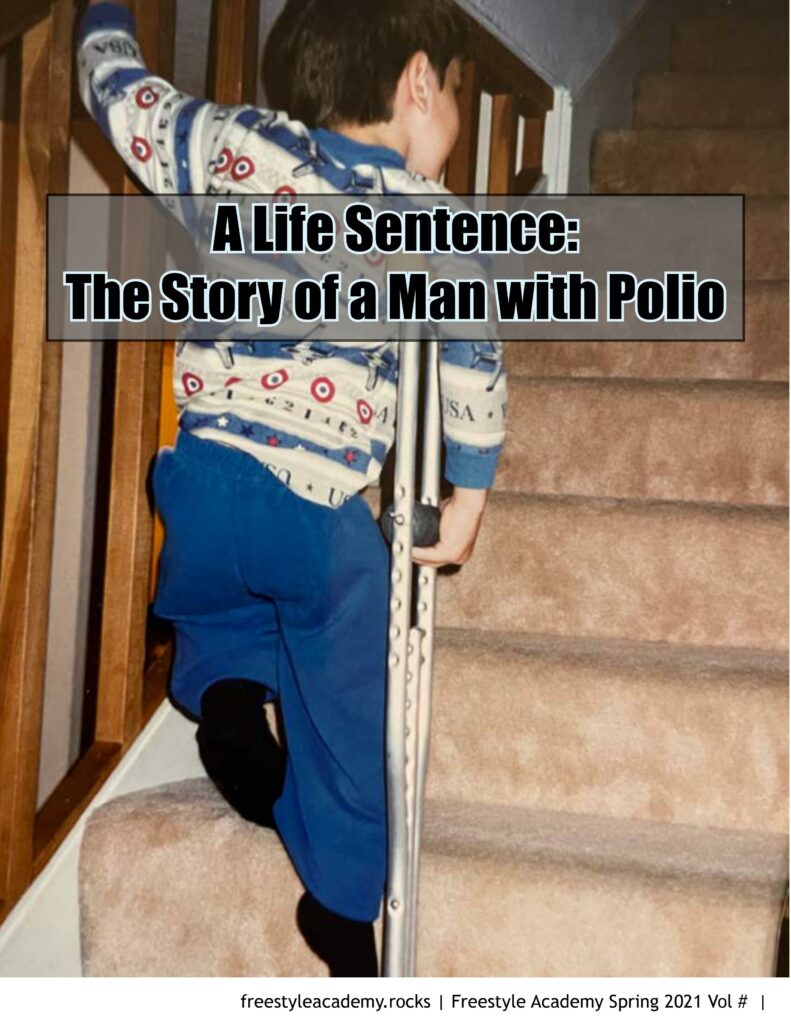“How do you creatively and truthfully portray a significant person, group, place, idea, or issue in the community?”
During our junior year, students learned how to tell a story about an interesting Person, Group, Place, idea, or issue in our community through the documentary unit. While collecting primary and secondary sources to portray an educated perspective on a subject’s importance in today’s community and/or the world. Our research-based project made in English was the driving narrative on top of that, we made an inspiring magazine article in Digital Media and a documentary film in the film elective. This unit taught us the importance and basics of Narrative-style Journalism.
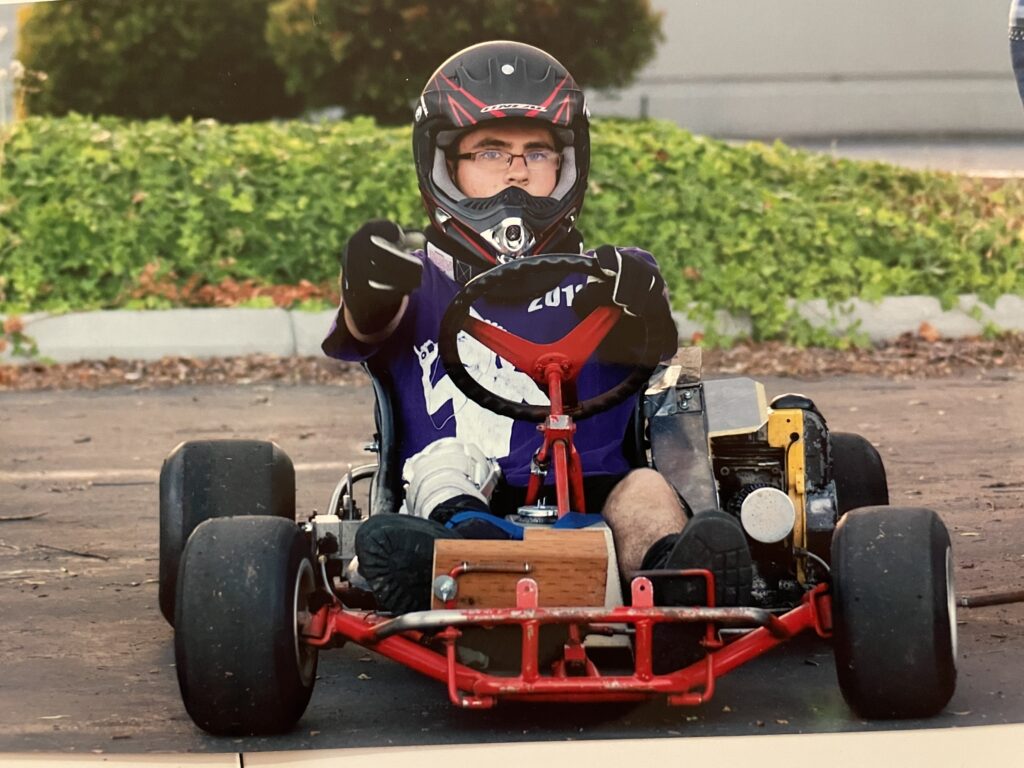
My specific documentary was on the importance of the Polio Virus today and what day-to-day life with it is like for a man in his 20s contracting it at a very young age. David, our subject, has walked around with a leg brace for almost his whole life now. It was important for me to spread awareness on what he has so others might understand what he and others with the same disability might struggle with and not see them as any different. From an outside standpoint, we heard from his father and boss about his struggles and mindset.
Many people today don’t know what polio is and/or the importance it has on suffering nations all over the world. its important we spread awareness which is why I wrote this Research-based documentary project. Seen Below.
| Jack Dees Mr. Greco English III 27 April 2022 A Life Sentence: The Story of a Man with Polio Surrounded by plastic and heavy cutting machinery, 29-year-old David Miller navigates the workshop at Tap Plastics. He delicately cuts, molds, shapes, designs, and engineers a variety of plastic masterpieces ranging from a square of custom-sized plastic to a coffee table (now part of his home in Mountain View, California). Miller limps from machine to machine, completing the task at hand with efficiency and quality. His disability physically challenges him, but doesn’t limit his dreams. He explains, “One of the things I’ve always wanted to do and still imagine doing is running. I can’t do that. It’s just not going to work out. It’s annoying, but I think just the limitation on physical activity has been the biggest burden” (D. Miller). Miller suffers from residual complications from a poliovirus infection he had in his early years in Russia, where he was born. According to EndPolio.org, “Poliomyelitis is a highly infectious disease that most commonly affects children under the age of 5…It can attack the nervous system, and in some instances, lead to paralysis” (“What is Polio?”). This disease has been nearly eliminated in modern countries that have access to the polio vaccine. However, many poor countries including Pakistan, Nigeria, and Afghanistan do not have access to the vaccine and still have many cases. Today, many younger people in western countries don’t even know what poliovirus is, while many poorer nations still suffer from complications of this tragic disease. According to Erin Biba, a Science Writer for Endpolio.org, “If polio isn’t eradicated, within 10 years, as many as 200,000 children could be paralyzed by it each year.” Biba also talks about how Ukraine only has 50% of its child population vaccinated against polio. The large presence of a vaccine in western nations explains why many people here in the U.S. didn’t even know polio was still a problem. Miller, however, is reminded of this problem each day. While he tries to not let his paralyzed right leg get in the way of his work, his knee-to-foot leg brace and raised right shoe are daily proof that this crippling disease is still a life sentence. His story is a reminder to the western world that polio continues to affect young kids for the rest of their lives and we must spread awareness to stop it. Miller, born in 1992 in Moscow, Russia, moved from one orphanage to the next. After his first adoptee got very sick, Miller was returned to the system, where he stayed in a home for 1-3-year-olds, until he was 6 years old. Miller’s father, Michael, explained that David’s stay was so extensive because the staff loved him. Miller was adopted in 1999, by Michael and his wife, who reside in Mountain View California. Miller now has 8 siblings—“5 homegrown and 3 adopted,” remarked his father. When asked about his early school years, Miller explained, “I was not bullied too much. I had my fair share of the occasional bully about my handicap primarily…” Miller also described the various sports he tried to participate in but was unable to due to the leg brace restrictions he had to obey. Although the pain was extremely hard on him, Miller coped through his love for music. He was the first in his band class and even started his own band with friends. When asked about his Polio as a young child, he recalled, “When I was younger, I definitely did not like being out in public too much… We as humans do a lot of staring, and they make it very obvious that they’re looking at you as a kid. I absolutely hated it.” His childhood was tough, but he grew up to be a hardworking man. In recent years, Miller has overcome what other people thought of him. Hardworking and delicate with his craft, Miller has been working at Tap Plastics as a fabricator since he graduated from Mountain View High School in 2012. Miller’s family and friends proclaimed how labor-intensive his job is walking from machine to machine. Miller explains, ”My job is actually honestly quite physically demanding. Being in a shop, lifting 4×8 sheets, cutting up a bunch of pieces, helping customers. It is Go, go, go, go, go. Everybody wants to do 10,000 steps a day; I probably do 30, 40, 50,000 in 8 hours. That’s my exercise.” Miller is as hard of a worker as he sounds. A typical workday for Miller is a 30-minute drive to and from work, followed by a 9:00-5:30 shift. He then goes home and works on his own business, and dream job, as a custom woodworker. Miller commented on the pain he endures during work. “Polio affects my job and daily life most of the time with pain after a long day of physical activity, my leg hurts. It hurts, it aches…I have to sit down a lot, long bursts of energy, and I have to take a seat and get off both my feet; it’s hard, it’s annoying, but I get my work done” (D. Miller). This explanation sums up perfectly how hard-working he is. Although David pushes through the limitations of this crippling disease we must stay aware so that it doesn’t further affect young kids all over the world. In an interview by Children’s Hospital of Philadelphia, another young lady described what life was like with polio, stating, “I couldn’t ever do what everybody else did”(“I Couldn’t Ever Do What Everybody Else Did” — Living with the Long-term Effects of Polio.”) This shows the significance the crippling disease has on now grown-up polio survivors all over the world. How does Miller cope with all of this pain and such a physically demanding job? He described how when he is in pain he focuses on the task at hand and getting it done. Miller’s friends and family also recognize the mentality that he has and many see him as an inspiration to how we take advantage of what we have. This young man is working every day with a crippling disease and not letting it affect him. We asked Miller’s father what he thought of his son’s mentality of not giving up. He proclaimed “Yeah. So David’s approach to life is … admirable.” Despite the challenges he faces, Miller’s continuous hard work, perseverance, and drive, are all qualities we can hope to take inspiration from in our own daily lives. According to popular belief people with disabilities might be more of a handicap or hassle for companies to hire but this is commonly not true according to Guardianhelmets.com a retailer selling headpieces for people with disability but also blog for members around disabilities“…employees with disabilities are incredibly high-performing workers” (“Employees With Disabilities”). As supported by this quote, their unique outlook on life has given them the ability to complete a task at hand, despite the challenges that they face. Miller’s story is a real-world example of why we must spread awareness about the Poliovirus so more and more kids don’t have to go through the same pain, humiliation, and missing out on some of life’s greatest moments. Some might see this disease as a life sentence but Miller pushes through. Miller described his outlook on life and it’s truly remarkable. He described: “I’ve always been a go-getter, no reason not to. I love doing everything. I don’t like just sitting around and waiting to die off or just be lazy and oh no, just go do it. If you don’t, you’re going to regret it. I don’t want to grow old, die, and regret doing something. So I always encourage people around me. Try it, do it, do it once. If it doesn’t work, go do something else. If it does go full steam and get it done.” (D. Miller) Miller can inspire many with his ability to adapt and overcome. He has broken out of the life sentence that is Poliomyelitis. Miller asserts,, “A message for anybody with a disability of any form of physical, mental, spiritual [is] ‘Don’t give up!’ Like I said earlier, there is no reason for it. The best thing you can do for you is do it, try it, enjoy it. Do not worry about other people. Life is too short to care what so-and-so is thinking about you. You just gotta have fun, get it done and you’ll be much happier, healthier, nothing, nothing, nothing can slow you down. There’s no reason for it.” Works Cited Miller, David. Interview. Conducted by Jack Dees. 20 March 2022. Miller, Michael. Interview. Conducted by Jack Dees. 27 March 2022. Biba, Erin. “What You Don’t Know About the Campaign to End Polio.” End Polio, 14 July 2016, www.endpolio.org/pt/what-you-don-t-know-about-the-campaign-to-end-polio. “Employees With “Disabilities Are Incredibly High-performing Workers.” Guardian Helmets, 1 Aug. 2017, guardianhelmets.com/employees-disabilities-incredibly-high-performing-workers/. “Feature Article: “I Couldn’t Ever Do What Everybody Else Did” — Living with the Long-term Effects of Polio.” Children’s Hospital of Philadelphia, 11 Jan. 2022, https://www.chop.edu/news/feature-article-i-couldnt-ever-do-what-everybody-else-did-living-long-term-effects-polio “What Is Polio?” www.endpolio.org/what-is-polio. |

Film Production
In Film We started this unit by making a Mockumentary to learn the basics of a documentary. This was a good point for us to see our faults and fix them for the real documentary. My friends and I decided to make a film based on the tv show “My Strange Addictions”, with a man who is addicted with singing. We went around town filming him singing and it was quite honestly my favorite project yet. I hope you enjoy!
Meet David Miller our documentary subject who lives with The Polio Virus. This documentary took us a couple of months to make and had a lot of challenges. We definitely improved our filmmaking skills through this process. I hope you enjoy it!

Interviewees Bio
Firstly and most importantly, David Miller. As the subject of our Documentary. He was born in Moscow Russia and was adopted at the age of 6 by his 2 parents. He contracted the deadly and life-changing Polio Virus at a young age before there was a vaccine in Russia. His inspiring look at life and the struggle he goes through on a day-to-day basis due to his paralyzed right leg made him a great subject!
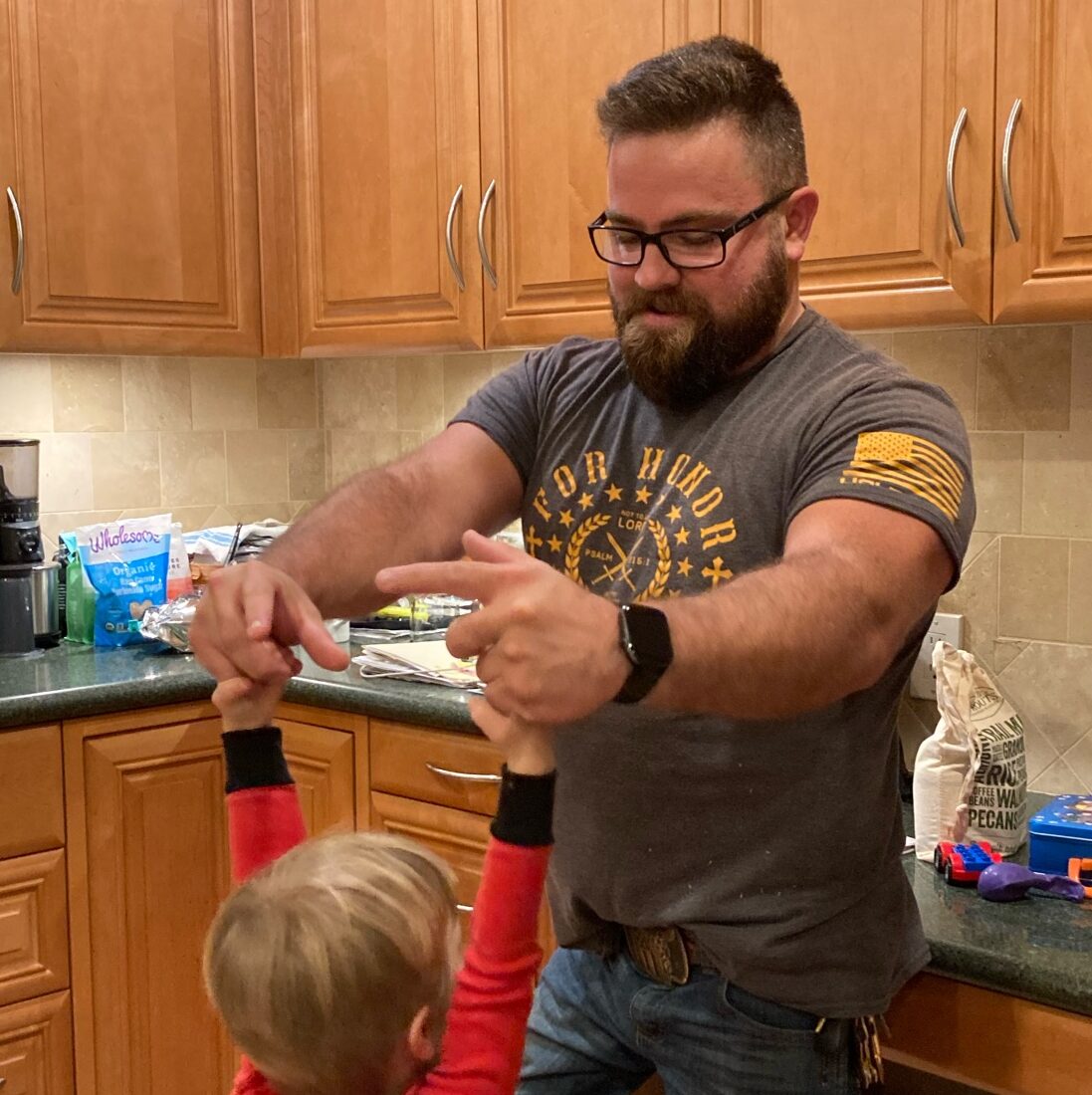
Secondly, we interviewed his father Michael Miller. Residing now in Mountain View California Michael has great insight into David’s earlier years, what the polio Virus involves, and an inspiring look on his 8 children’s families, 3 of which were adopted.
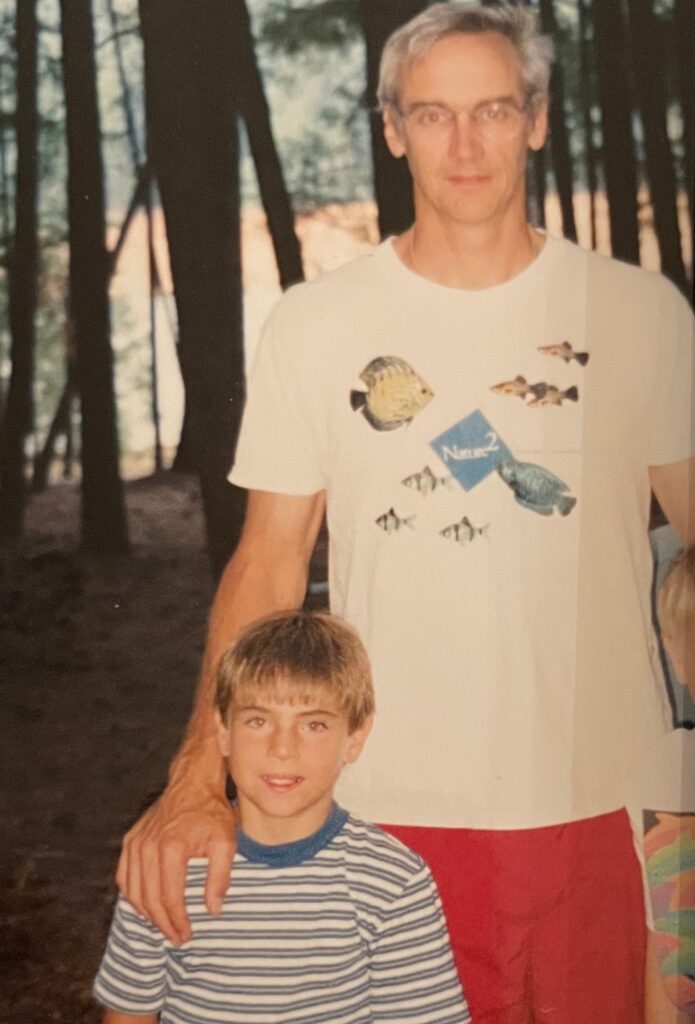
Lastly was Davids’s boss, Blanca Quiterio. Knowing David for about 5 years now Blanca had great insight on David at work and his incredible work and work ethic. She knew Davids’s challenges at work with his disability and how he pushes through.
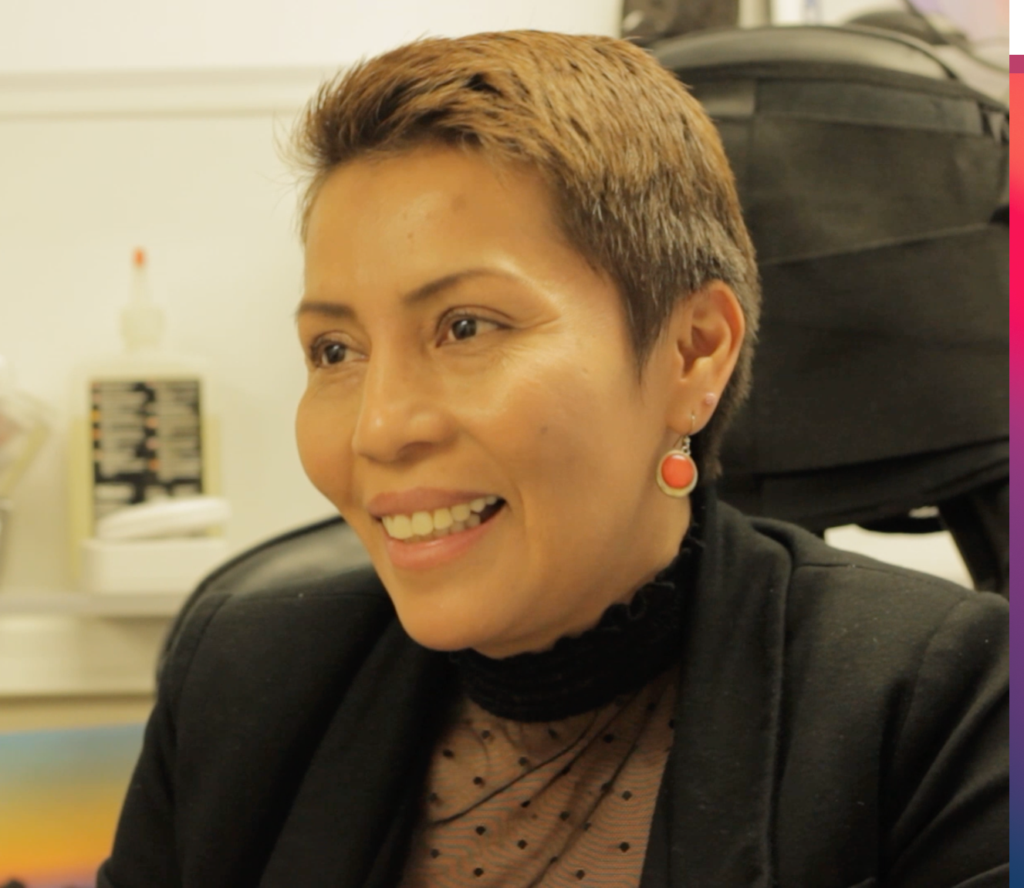
Digital Media
In Digital Media, we created a Magazine active on our documentary research paper. This project was hard for me because we had to come up with a design from scratch and I was having difficulty making my magazine look good.
